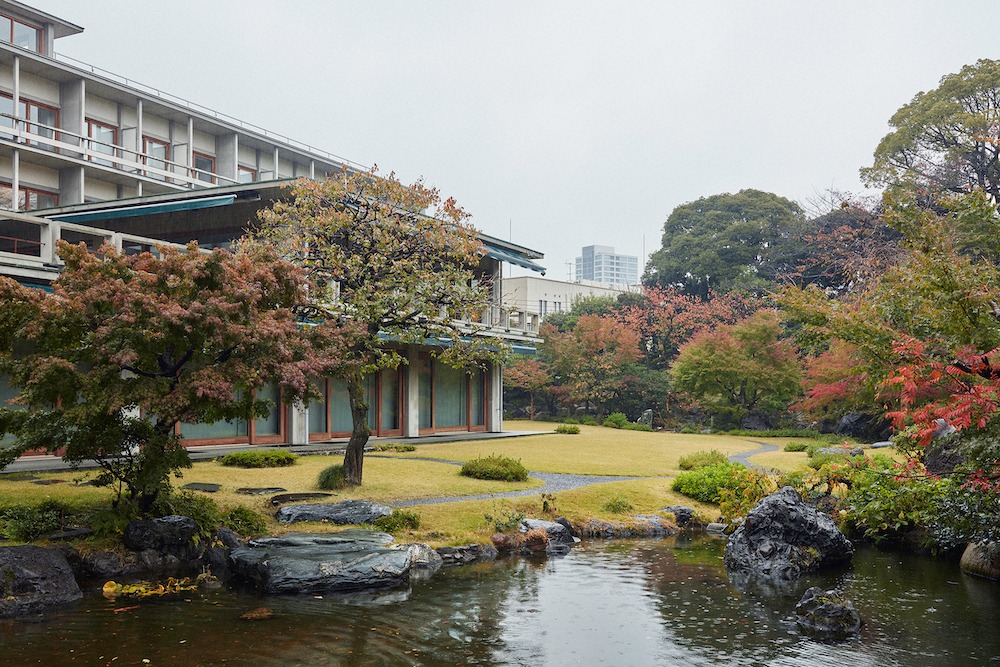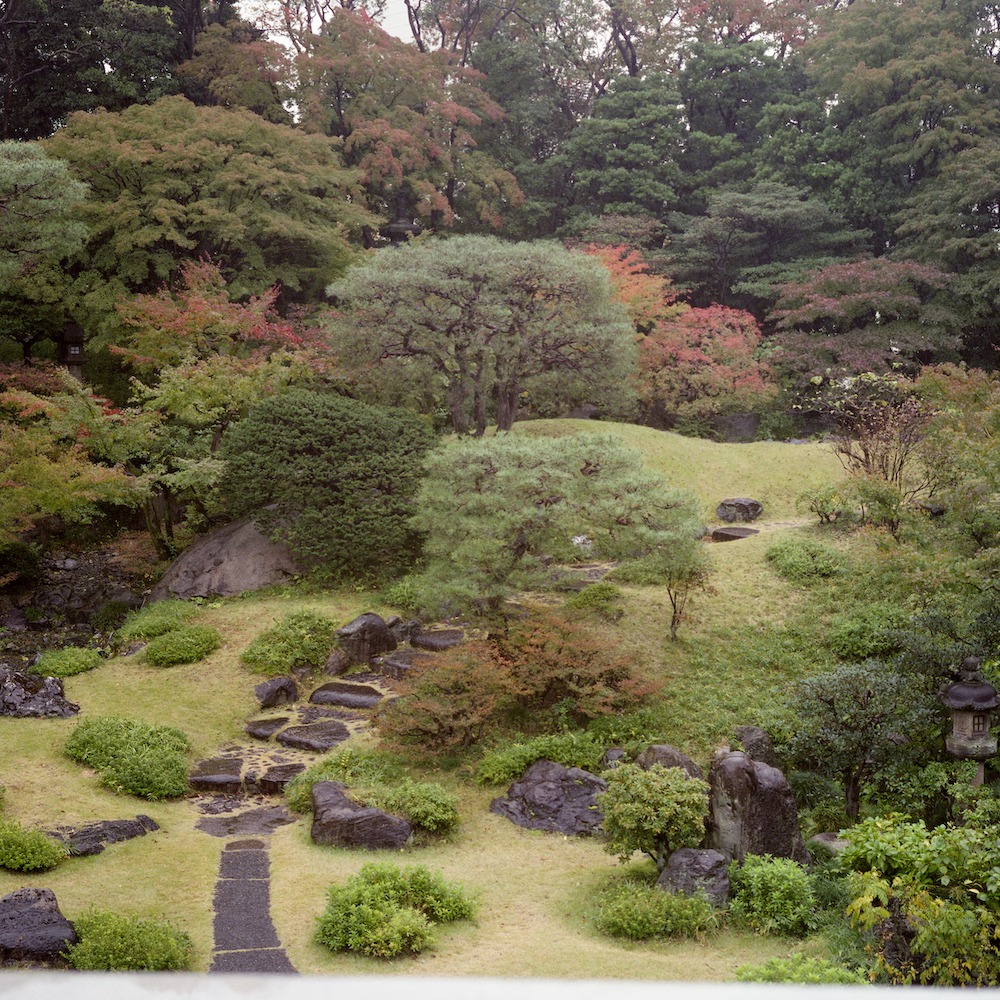It took a friendship that spanned decades, the Pacific Ocean, and the crises of war-time enmity, but the International House of Japan (also known as “I-House”) crystallized a vision of mutual understanding through cultural exchanges among the people of Japan and the world.
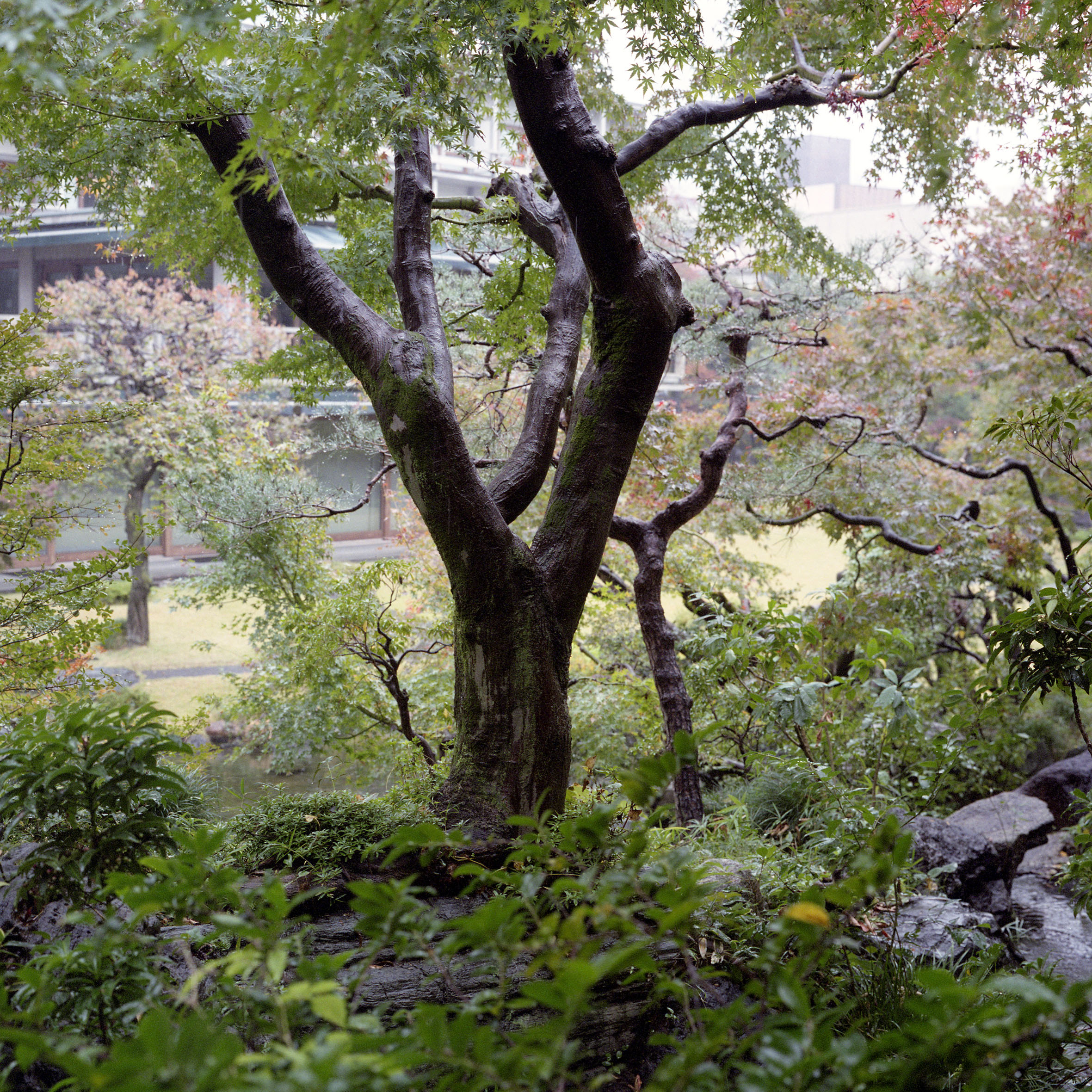
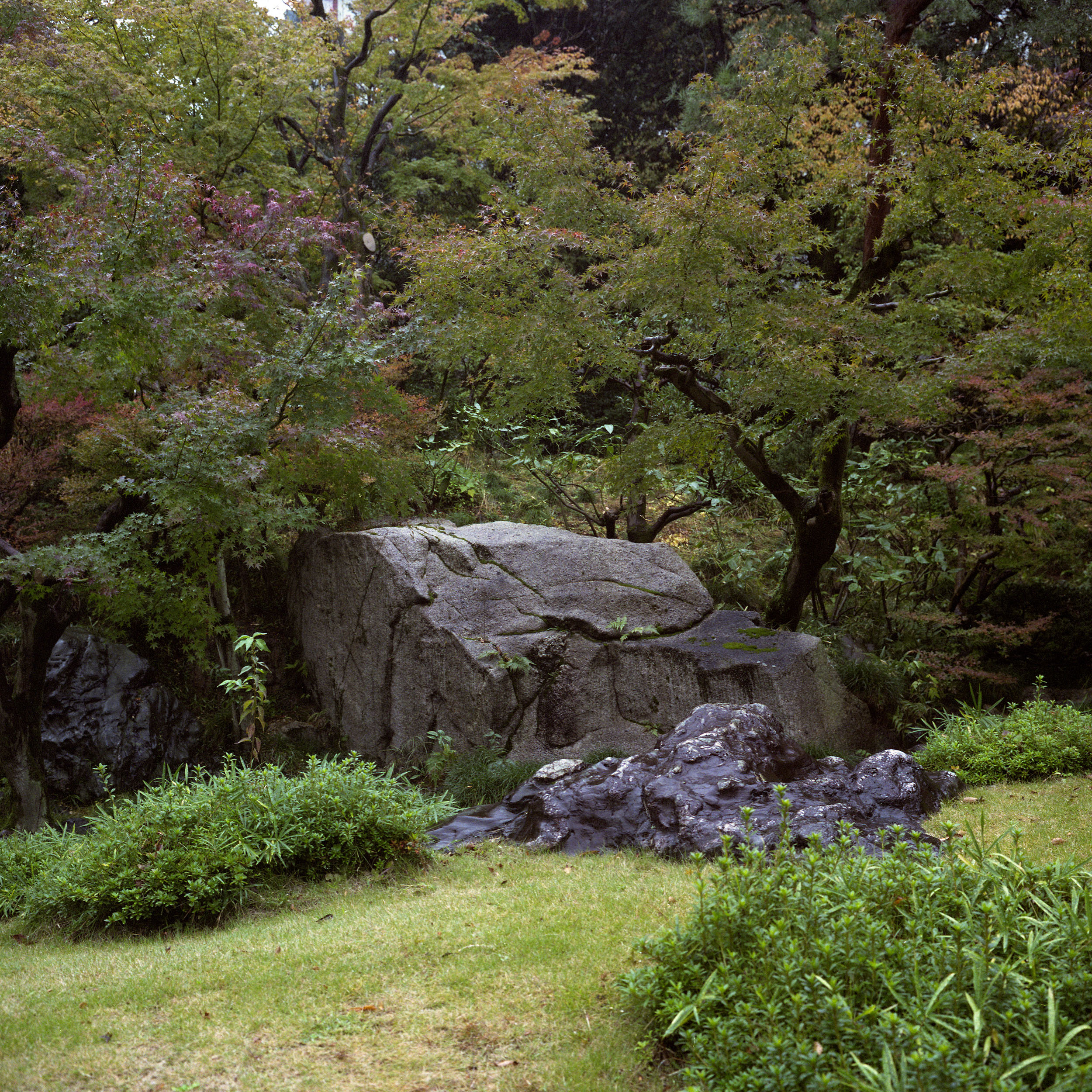
When philanthropist John D. Rockefeller III and journalist Matsumoto Shigeharu met as young men at the 1929 Kyoto conference of the Institute of Pacific Relations, they soon became close friends. John and “Shige” were reunited after WWII, in 1951, when Rockefeller accompanied the Allied peace treaty envoy to Japan as cultural adviser. This friendship between two men, who strongly believed that lack of mutual understanding was the principal cause of the war, eventually gave rise to the establishment of I-House and many of its cultural exchange programs.
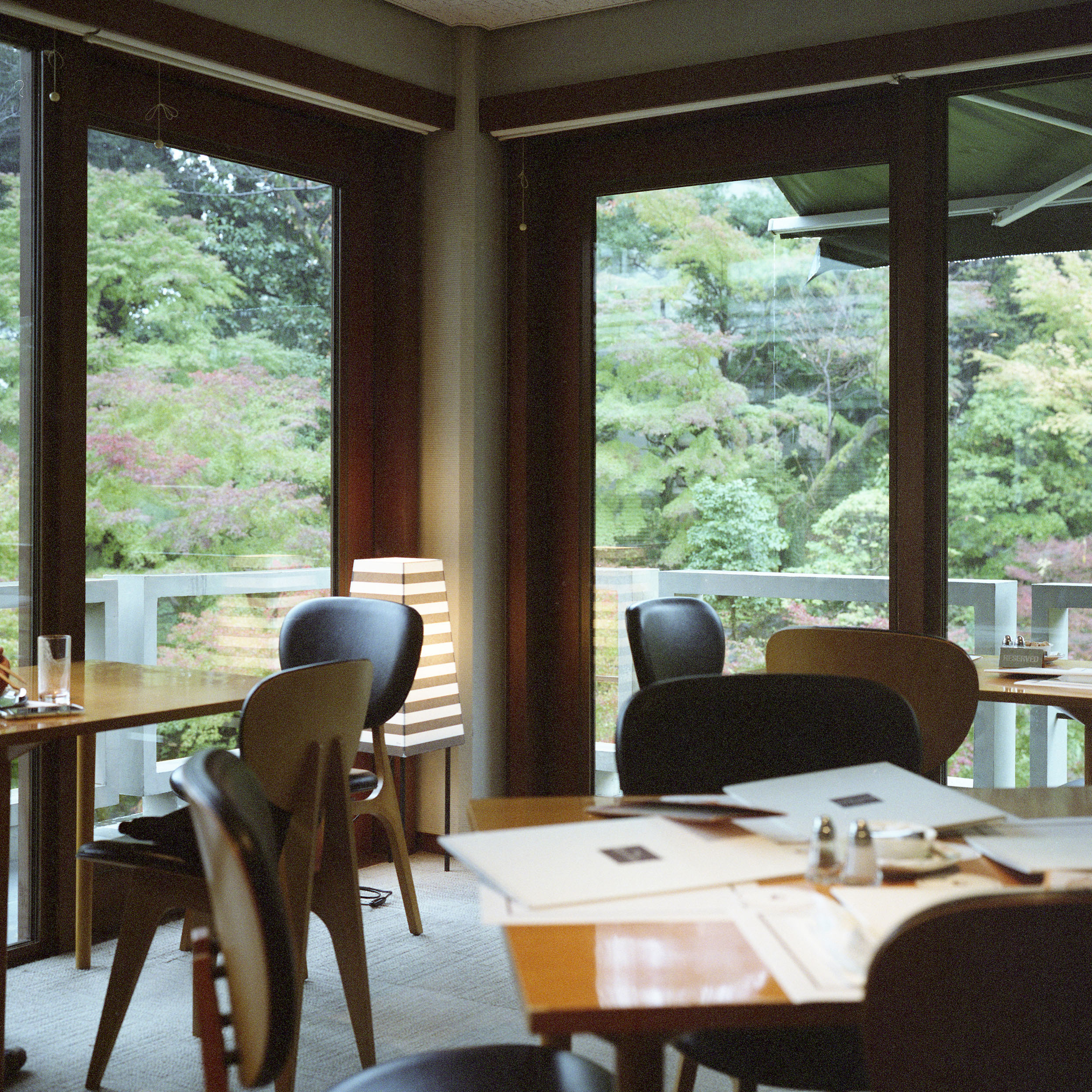
Initially, the Rockefeller Foundation pledged financial support to establish I-House, but it had one condition: 100 million yen should be raised domestically in Japan. (This was an extraordinary amount— at that time, the prime minister’ salary was only 110,000 yen a month!). But with help of Prime Minister Yoshida Shigeru and many others, the fundraising was successfully completed, demonstrating the commitment of the Japanese people to this endeavour.
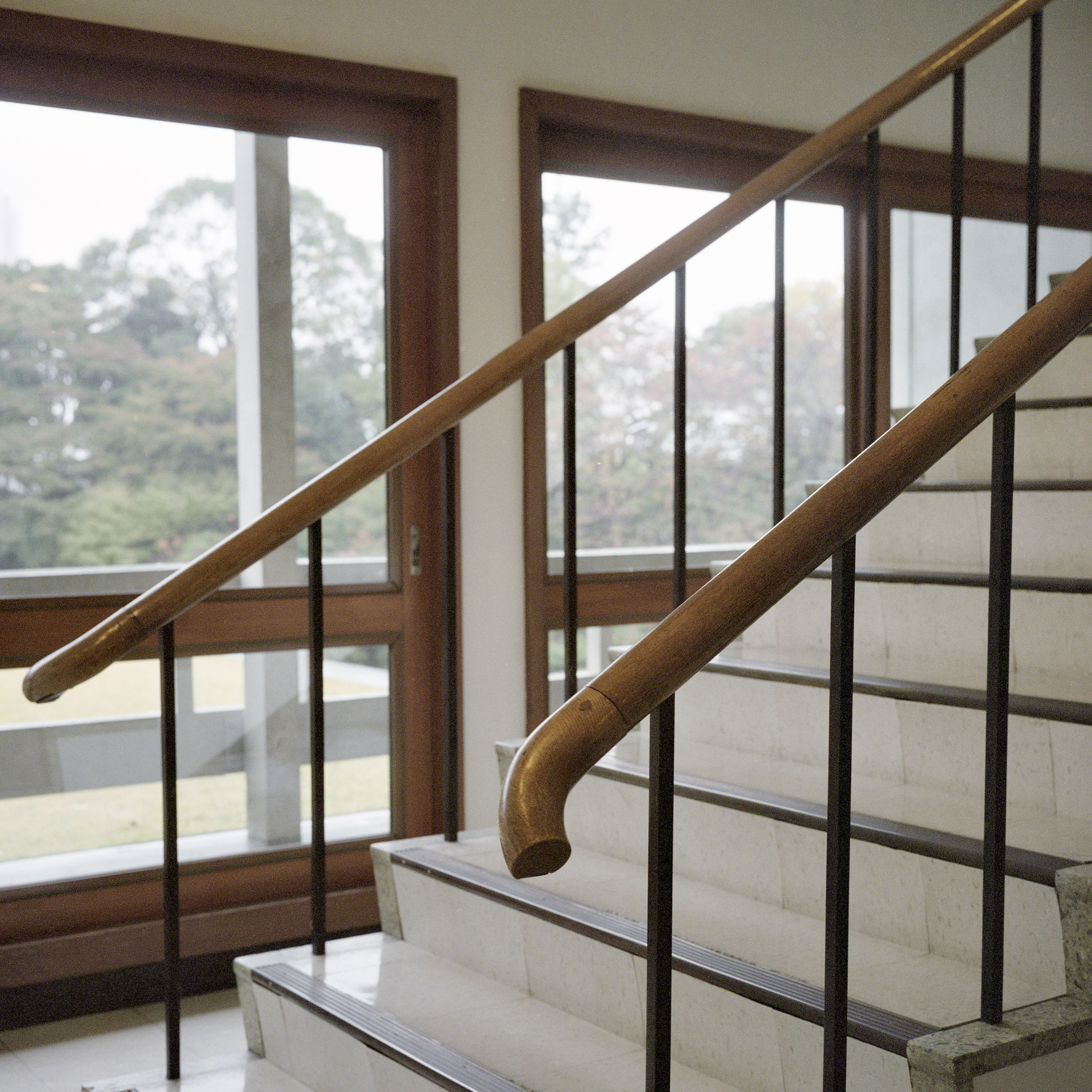
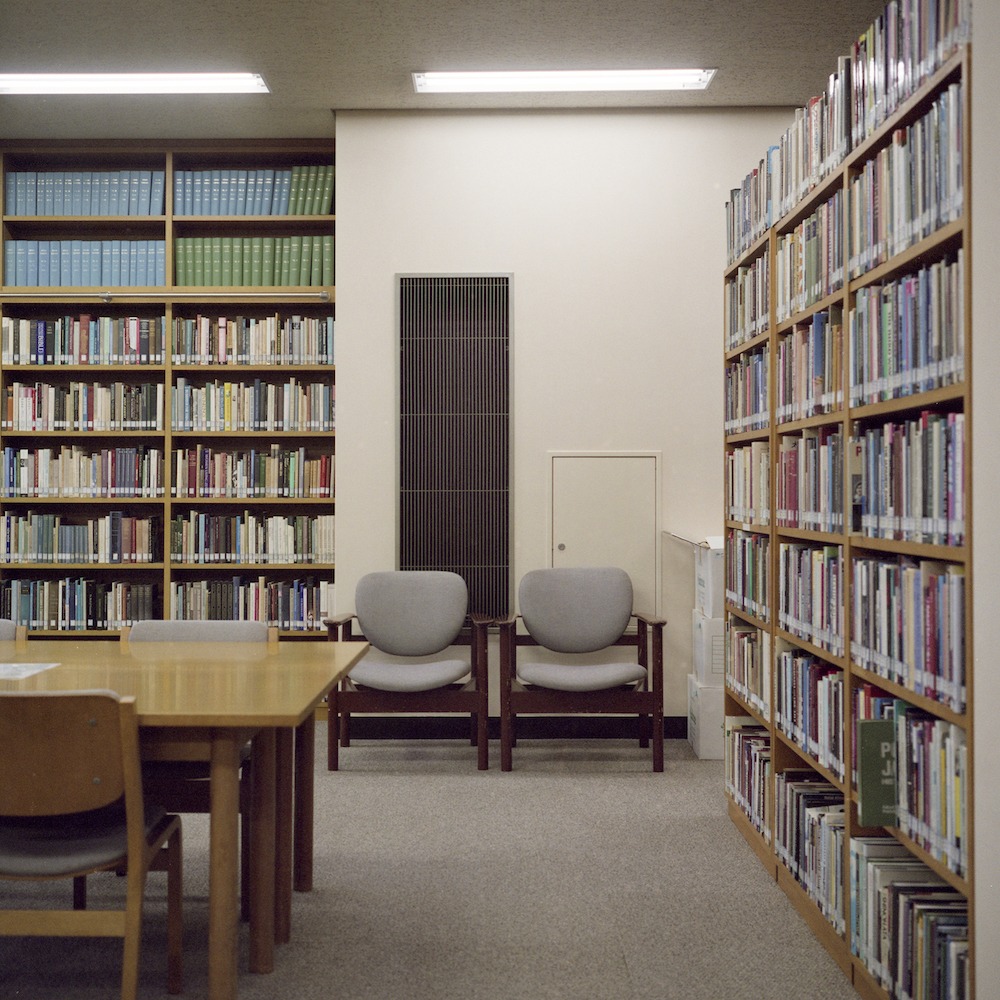
How and where I-House then physically took shape reflects its deep rootedness to Japanese culture and its outward reaching invitation to its contemporary moment, the future and the world. Although the institution was established in its present compound 60 years ago, its grounds have a much longer history. From the mid-17th century, many daimyo estates were built in the area, and the I-House site held a mansion of the Kygoku clan of the Tadotsu domain. In the Meji era, ownership shifted to Foreign Minister Inoue Karou, who hosted the first kabuki performance ever attended by the Imperial family. The property was then owned by Prince Kuninomiya (it was here that Princess Nagako–later the empress consort of Emperor Showa– was born) and subsequently the Akaboshi and Iwasaki clans. A great mansion was built by Iwasaki Koyata in 1920 but, with the exception of the garden, it was largely destroyed in the war.
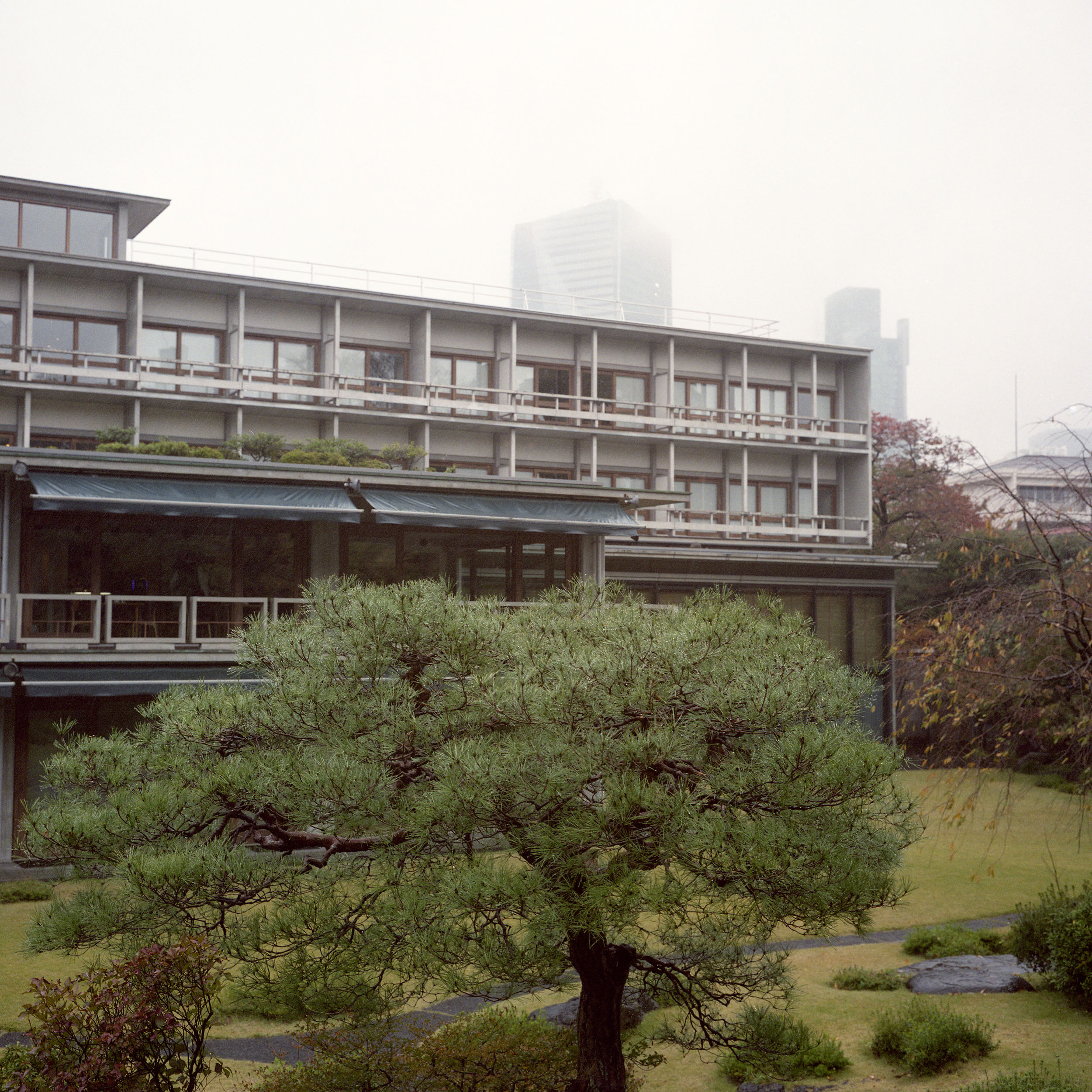
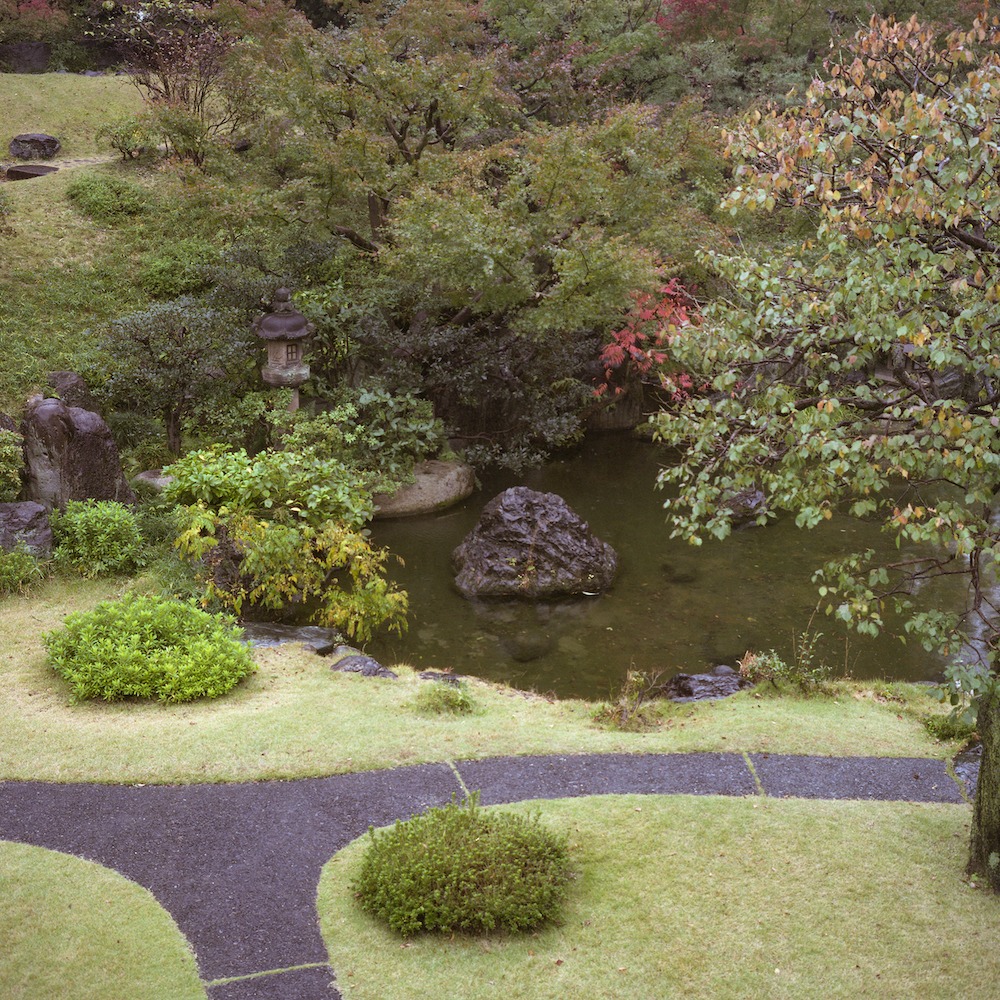
Established in 1952, the International House of Japan is a nonprofit, nongovernmental organization dedicated to promoting international understanding through cultural exchanges among the people of Japan and the world. For over a half century, it has been the venue of exchange among professionals in various fields including academia, the arts, international relations, and business. And that original gesture of distributed investedness continues today: I-House is currently supported by a membership of about 3,000 individuals and 200 corporations endorsing its mission. It constitutes a network of individual and corporate members as well as collaborating organizations in Japan and abroad. Almost a century after two young men met in Kyoto, I-House continues to thrive on their vision of the importance of mutual understanding in today’s world.
Story photographed and curated by Depasquale+Maffini.
